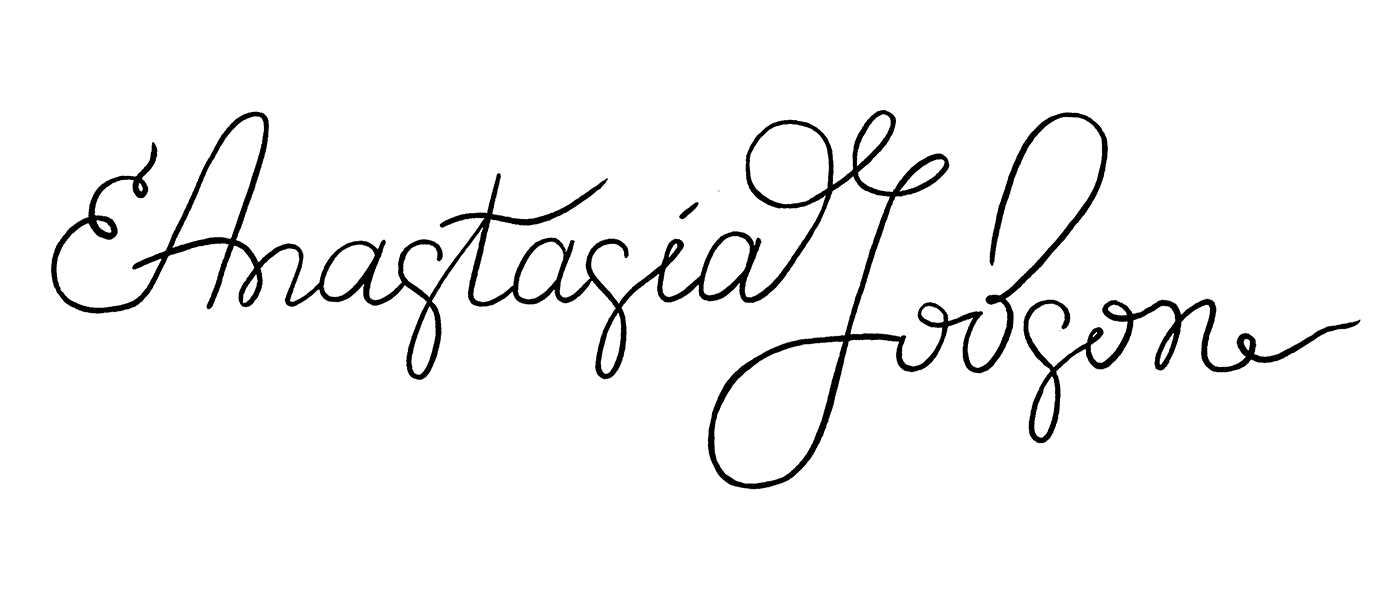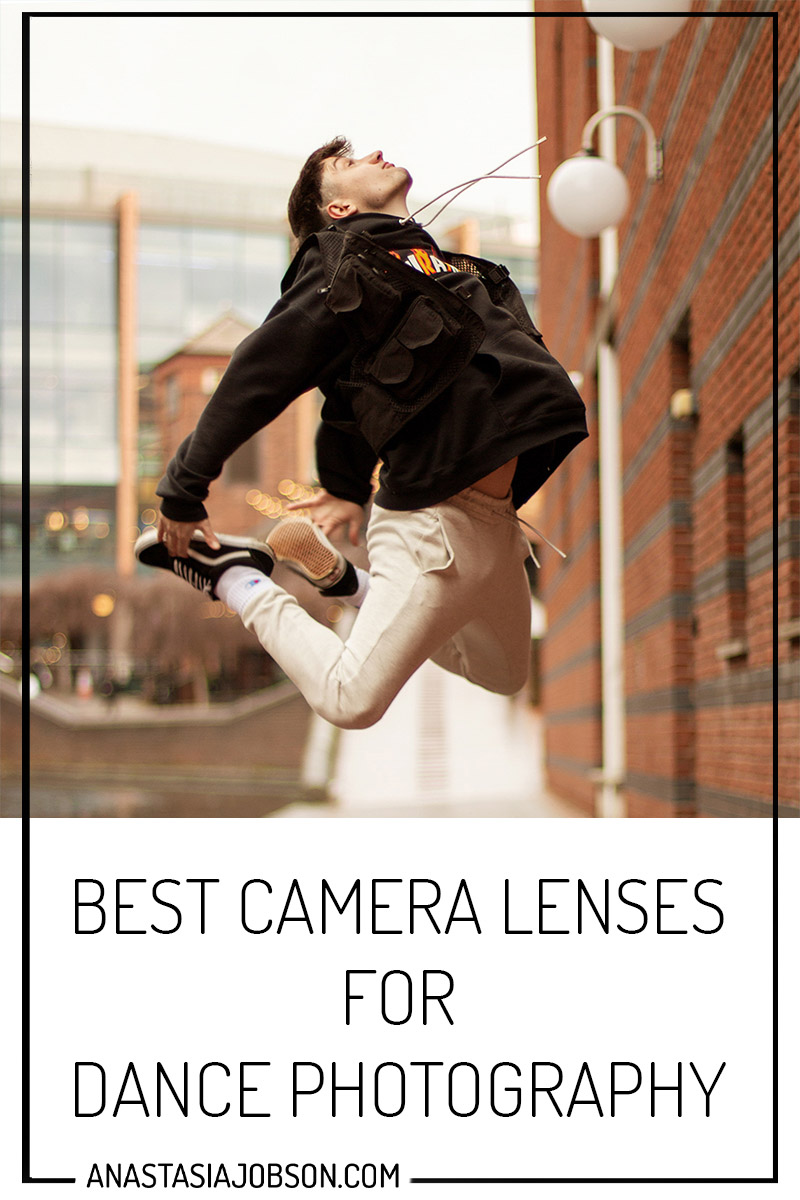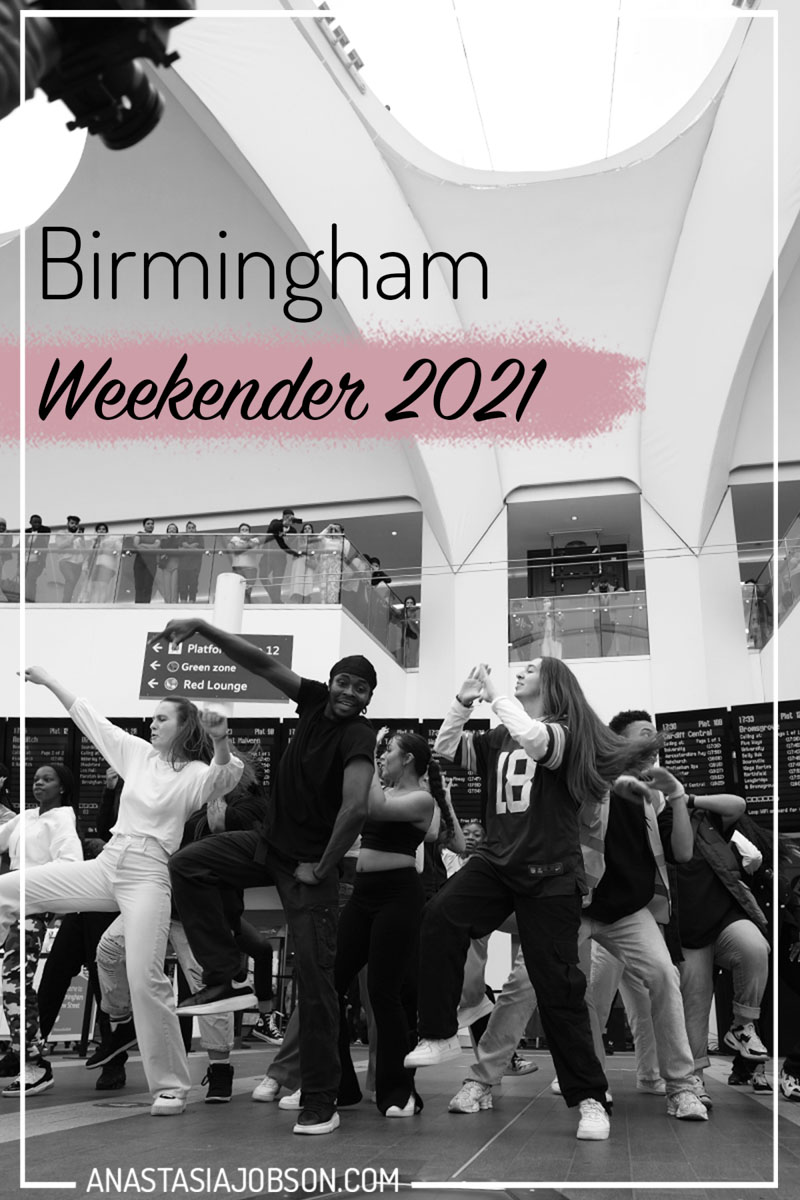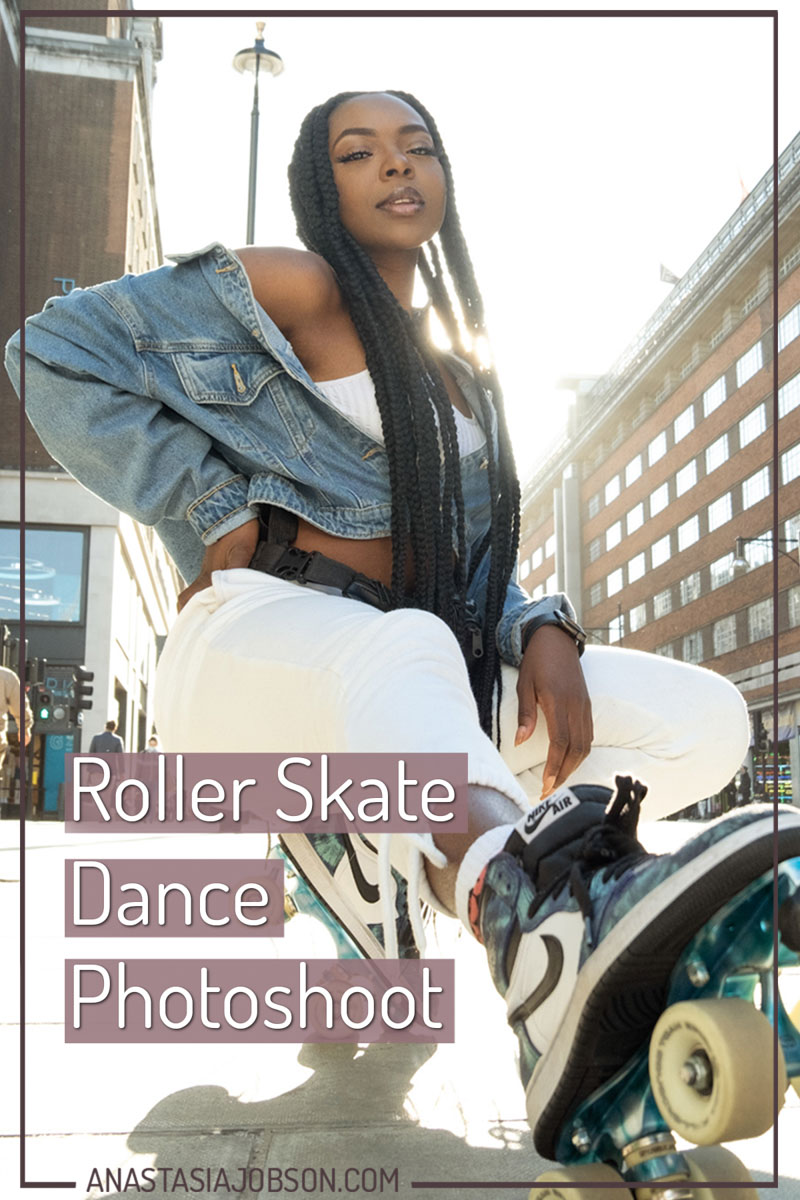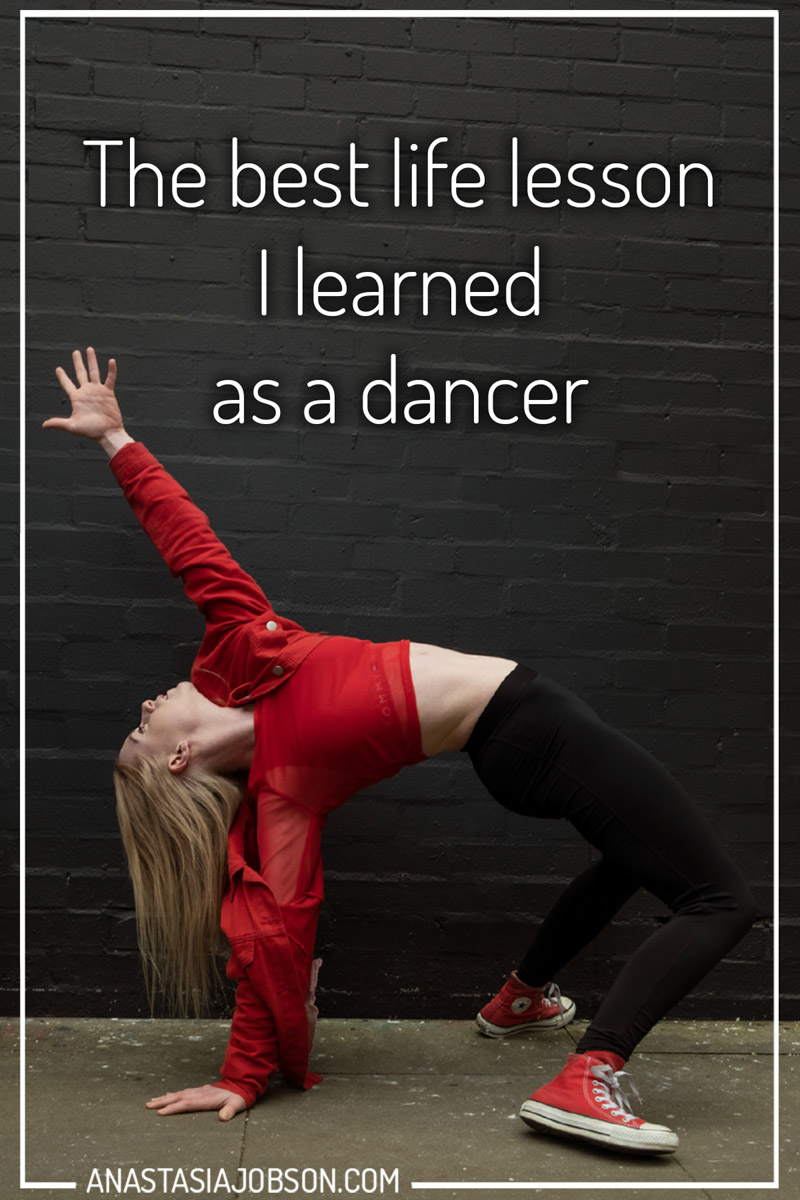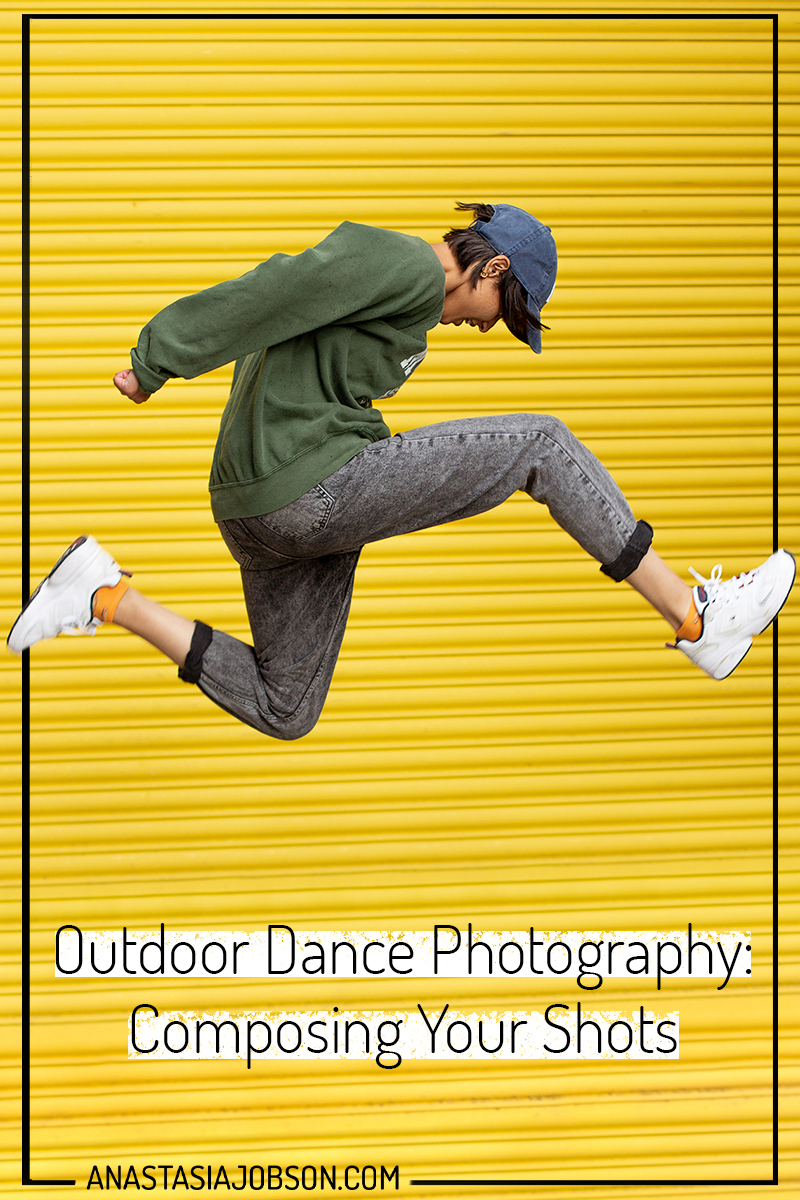
Outdoor Dance Photography: Composing Your Shots
Shooting outdoors usually brings challenges, that’s on top of photographing movement/action. While in order to make sure the lighting is great, you can always bring artificial lighting to the set. Though regarding composition and framing your images, you need to work with what you’ve got. So today we are going to talk about image composition ideas for your next outdoor dance photography session.
Let’s dive right in!
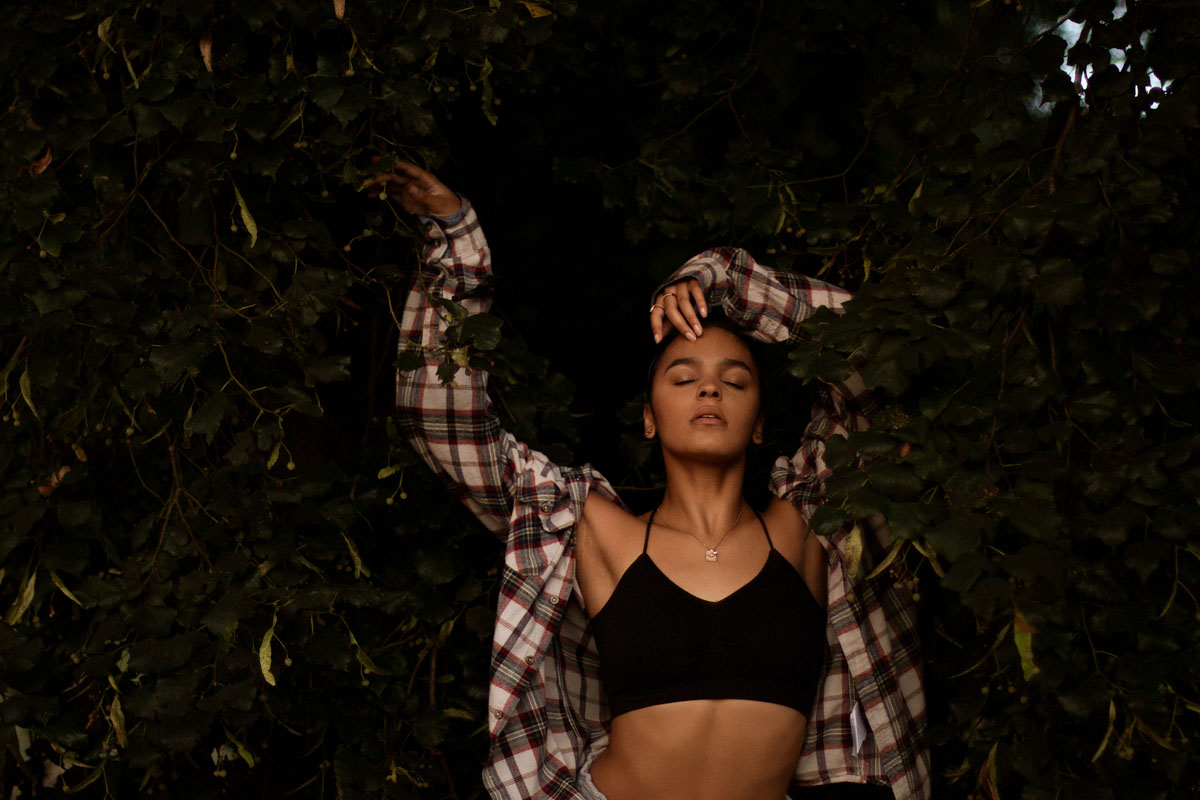
Composition is how you arrange elements in a photo to tell a story. It is a crucial aspect of photography regardless of a genre you’re into. Dance photography is not an exception. It’s way too easy to focus on the incredible skill of a dancer you’re photographing and completely forget about the surroundings (I’m guilty of it). At the end of the day, it’s not just about ‘catching’ the movement at the right time, but also showcasing it in the best way possible. That’s where composition comes in!
Even if a photo looks great in your viewfinder/LCD screen, remember that it will appear very differently when you view it on a monitor… Little distractions that might not be noticeable on a tiny screen will draw attention when viewed on a larger screen.
Next time when you’re on a dance photoshoot set, slow down the snapping and look critically at every image you took. It will be helpful to ask yourself these questions: Is a dancer the main focus of the shot? Is there anything in the background that draws attention away from a dancer? Can composition be improved in any way?
If you feel that an image can be improved, try again! There’s nothing wrong with doing a few takes in order to get the image perfect. Believe me, you will regret not retaking a photo and leaving it to Photoshop. Some things just can’t be fixed in post-production. Learn to ‘get it right’ in the camera, that’s such a valuable skill!
Composition techniques to help you capture stunning outdoor dance photography images:
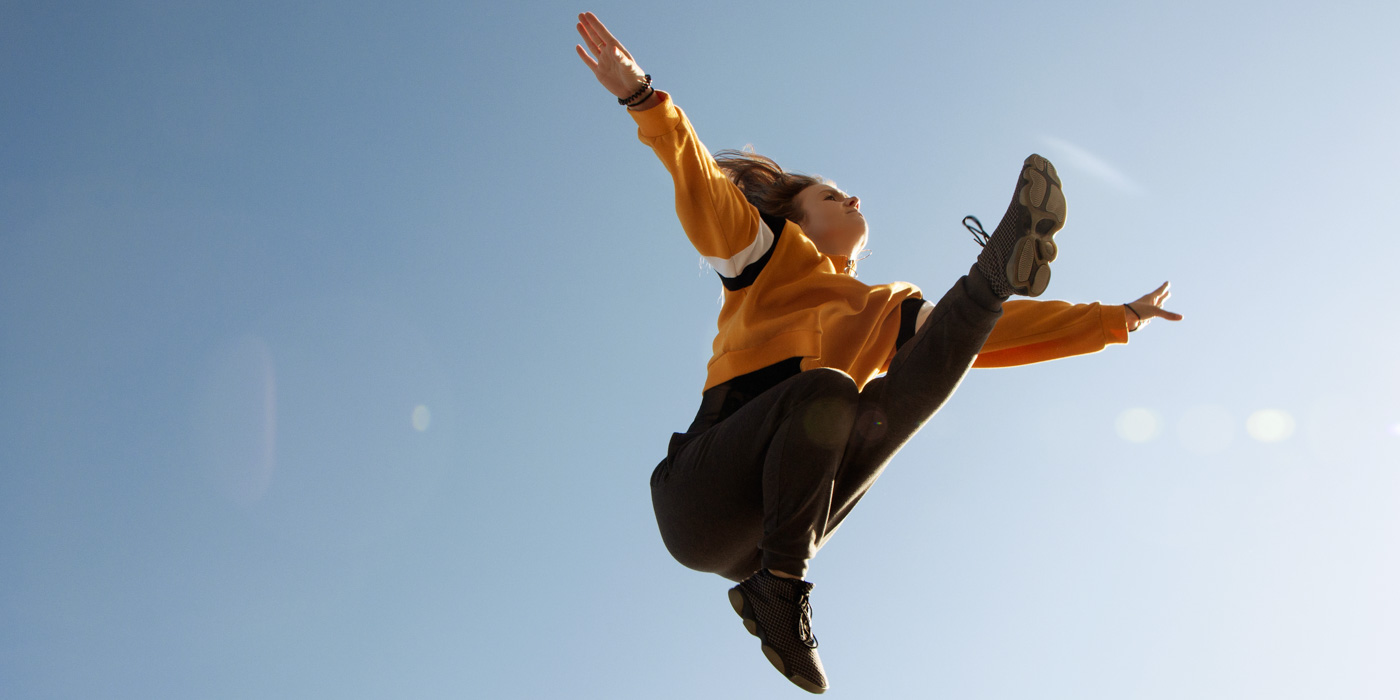
Less is more
As a rule of thumb, when photographing dance/movement you’d want to give a dancer the spotlight and let their skill shine. Create a sense of minimalism, and it will help the viewer focus on the dancer (the main subject). Go for a simple and minimalistic background. I love photographing dancers in a big open space with hardly any distractions, such as a field or a beach. A solid colour wall would be another great option. Also, don’t be afraid of ‘negative’ space!
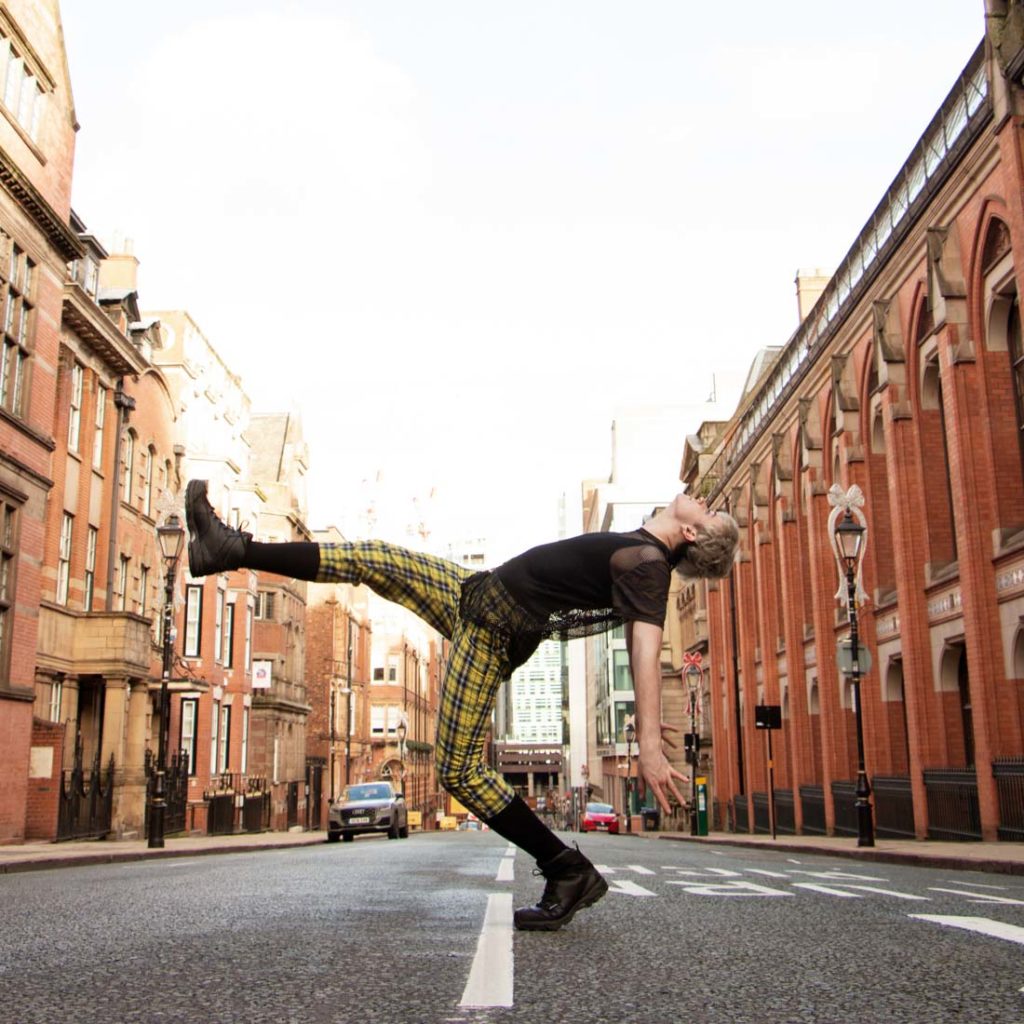
Leading lines
With leading lines you can guide the viewer through your images to focus their attention on a specific part of the image (a dancer). Leading lines can be anything from roads and paths to patterns; they don’t always have to be straight.
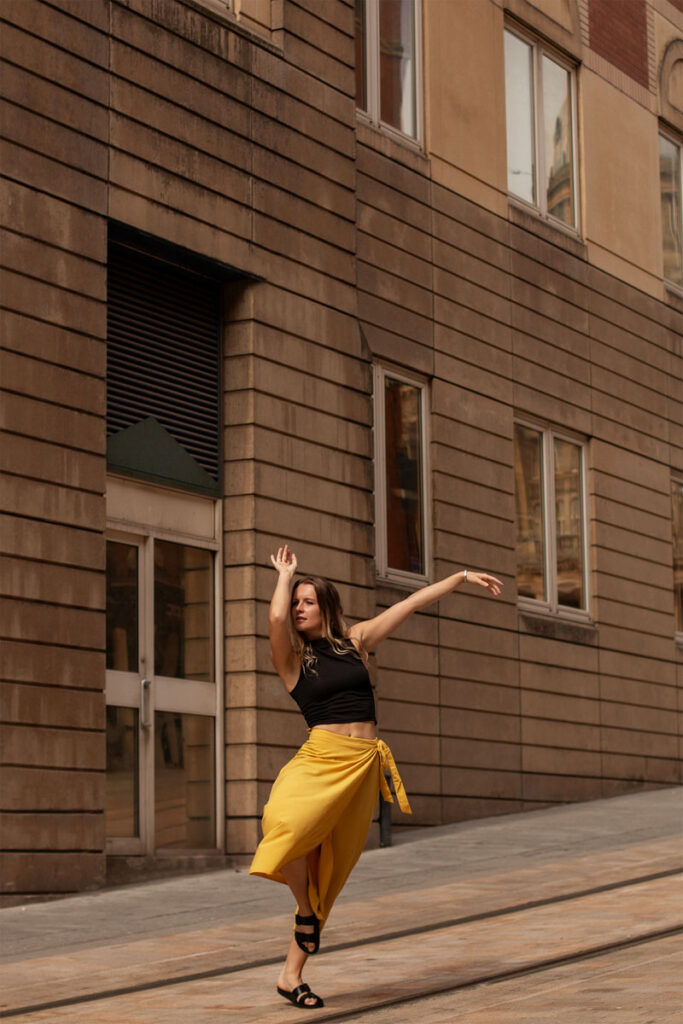
Rule of thirds
The rule of thirds is the most well known photography composition technique. Mentally or using a grid on your camera, break down your photo into thirds (vertically and horizontally). Think about this grid when you’re taking an image and try placing a dancer in the intersection or along the lines of the grid. When a subject is off-centre, an image will be more balanced and pleasing to the eye of the viewer.
Symmetry
Sometimes placing your dancer in the centre of the frame works beautifully. You can try playing with reflections, street views, architecture.
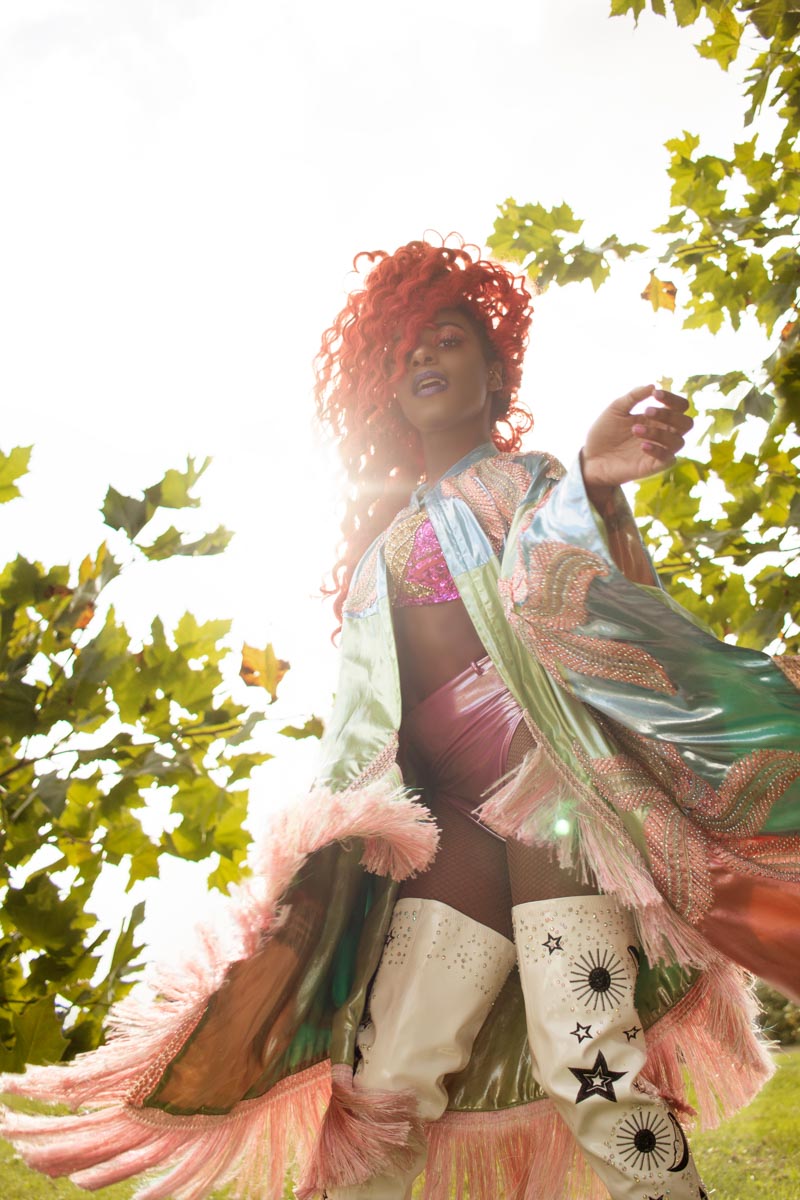
Fill the frame
This is another way of eliminating distractions from your images. It also helps the viewer to see closer detail of a dancer’s facial expression and movement. Filling the frame often leads to getting close to a dancer and cropping out some parts of their body, as opposed to a full body dance shots.
I used this technique for my FaceTime photoshoots a lot, as an iPhone camera doesn’t have wide aperture (which allows to blur the background and separate your subject from the surroundings), unless it’s an iPhone’s “portrait mode”.
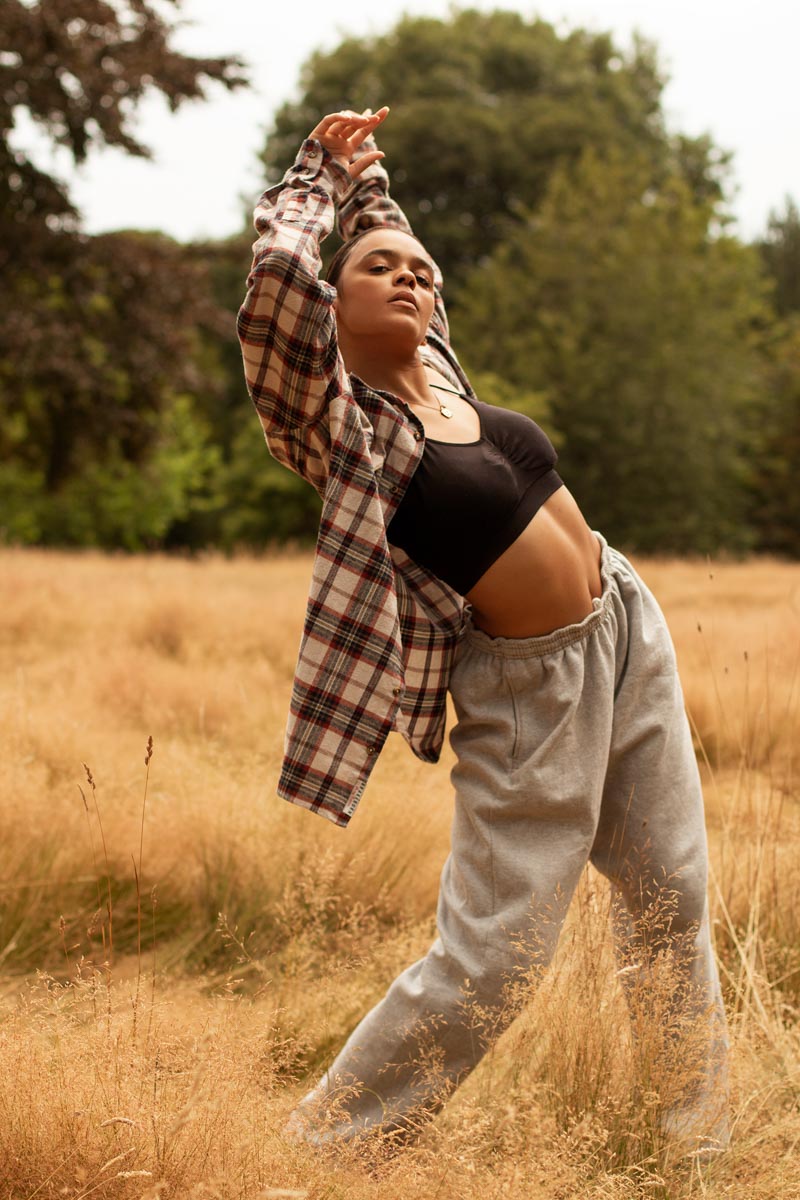
Separate and add depth
Talking about separation… Use ‘faster lenses’ with a shallow depth of field or ‘wide aperture’ (f/1.8; f/1.4) to isolate a dancer from the background by blurring it. This effect is also called ‘bokeh’, Japanese word for “blur”. Bokeh forces the viewer to focus on a particular area of the photo, and generally makes images more appealing.
Here’re 2 simple things to remember: the further the background is, the nicer the bokeh will be (or more blur); the wider the aperture is (the smaller the number of F-stop), again the more blur there will be.
You can also create a 3D effect in your dance photographs by using a wider aperture and placing something closer to the camera in front of a dancer.
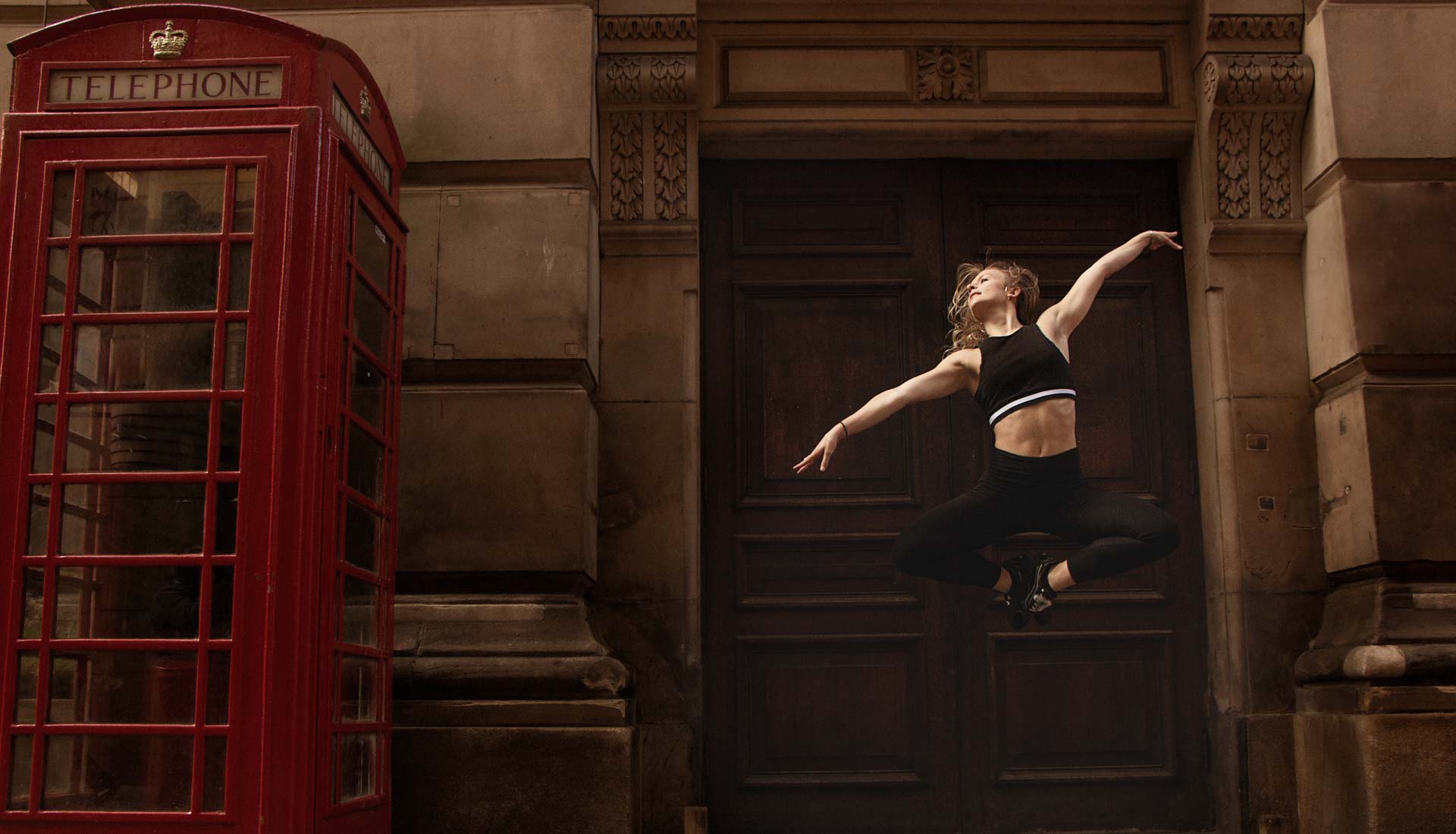
Frame inside frame
Creating a frame inside your frame is another great way of adding depth to your image. Look out for arches, bridges, windows, tree branches overhanging the frame, and so much more to separate the dancer from the surroundings and make the viewer’s eyes to be drawn to them.
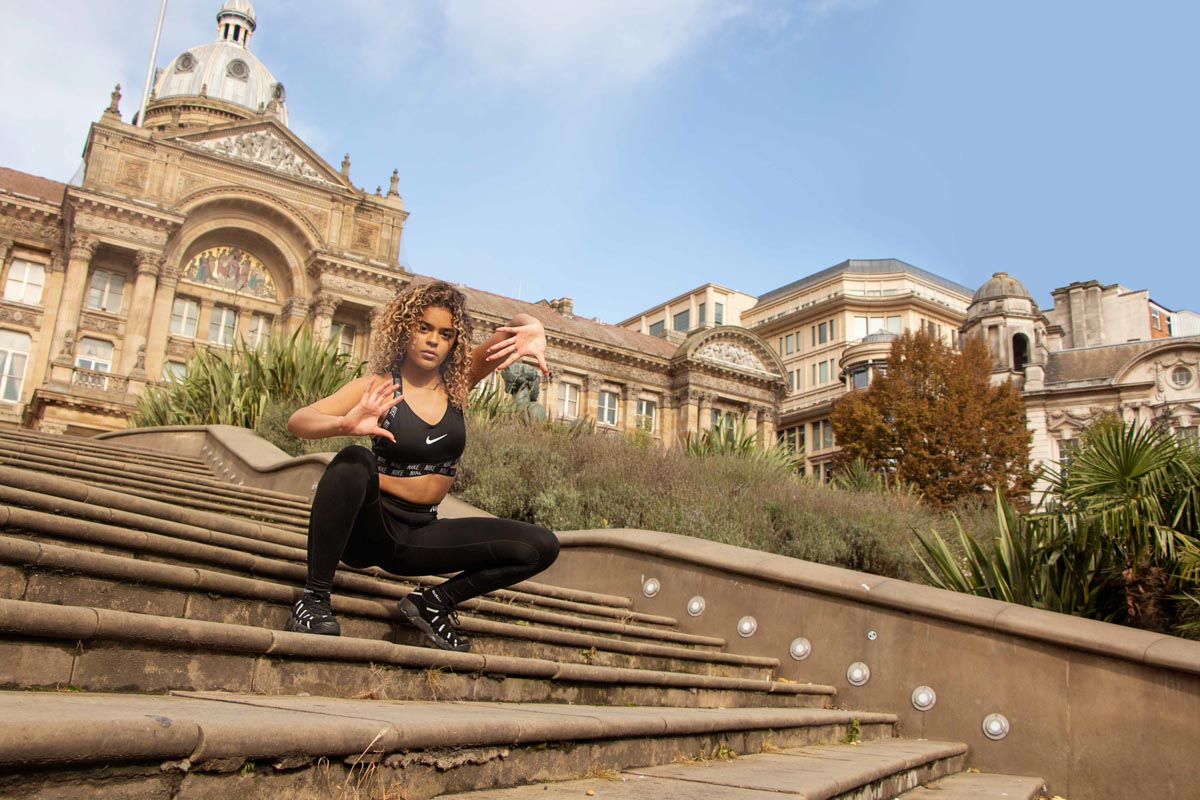
Juxstaposition
It refers to combining contrasting or complimentary to each other elements in your photos. This is an effective way to tell a story. Photographing classical dancers in graffiti areas or street dancers captures in historic parts of a city are some of the examples of juxtaposition in dance photography.
There are no ‘rules’ that can’t be broken. Furthermore, these are not ‘rules’ but simply guidelines to help you plan and set up your dance photography images outdoors. You can find more photography composition techniques here.
Dance photography is full of unique challenges which actually makes it feel more rewarding when you get THE SHOT. If you still haven’t tried this exciting photography genre, get your camera and go shoot! Feel free to check out my previous blogs on dance photography. Also, if you have any questions regarding composing your images for outdoor dance photography in the comment section below.
Until the next week! Stay safe!
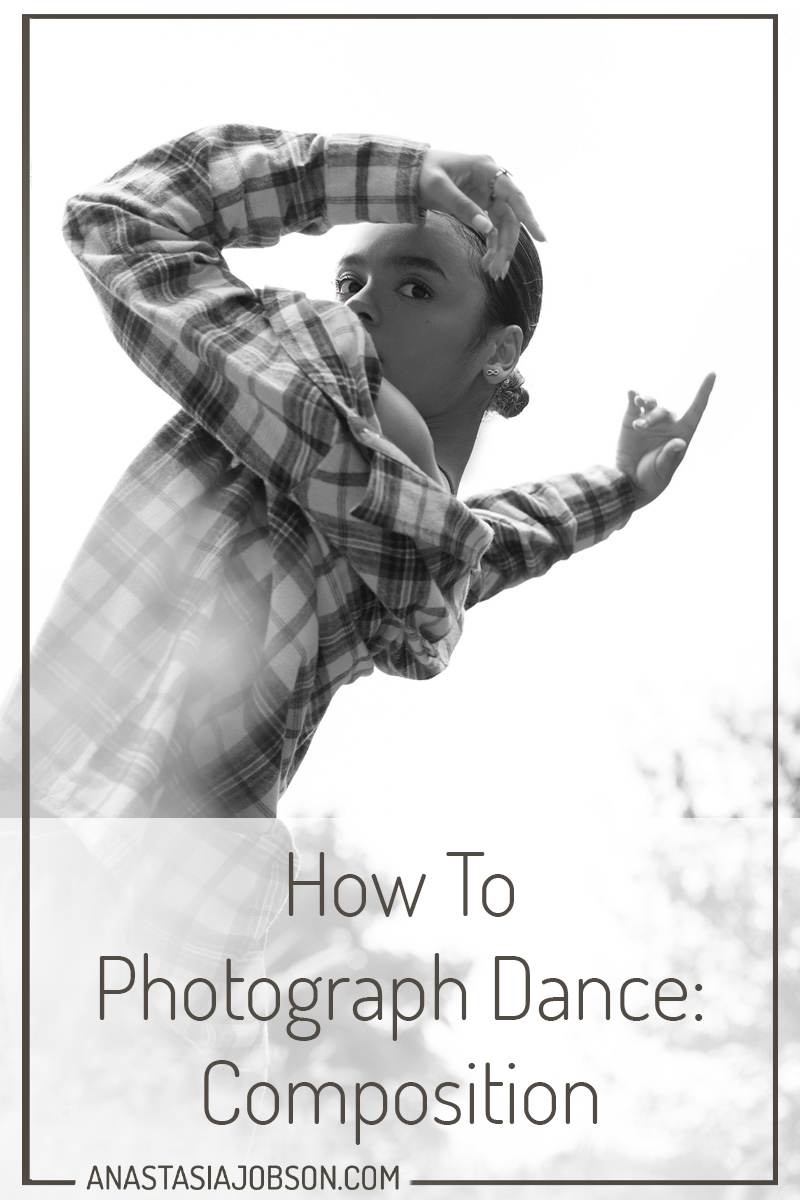
Sorry, the comment form is closed at this time.
